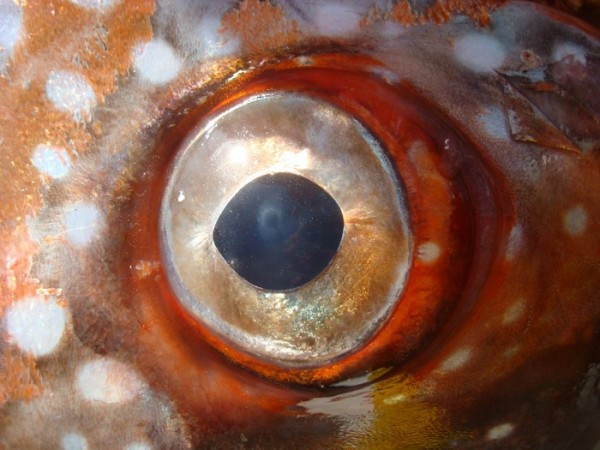Deep-water fish has a warm heart

Though some large predatory fish, like tuna, have been shown to temporarily warm muscles or organs during pursuit, at least one fish may have done that one better by being able to internally generate heat that warms its heart and brain, a new study reports. This ability increases the fish's metabolic function in cold deep waters, and it shows that birds and mammals are not the only vertebrates with warm hearts. One thing that sets mammals and birds apart from vertebrates like fish is the ability to internally warm their whole bodies above the outside temperature. Nicholas Wegner and colleagues now show that a deep-water fish called the opah harnesses the heat generated during "flapping" of its pectoral fins to warm more than just its swim muscles. The opah accomplishes this through the presence of a retia mirabilia or "wonderful net" of densely packed blood vessels that use venous blood heated by muscle work to warm up cold arterial blood oxygenated at the gills. The opah's retia mirabilia is stacked into heat-exchanging layers and insulated by fatty connective tissue inside its gill arches, which effectively protects the system from heat loss. Equipped with a warm heart and brain, the fish can operate in cold and deep water in a way that resembles high-performance predators like tuna, the researchers say.
"Whole-body endothermy in a mesopelagic fish, the opah, Lampris guttatus," by N.C. Wegner; O.E. Snodgrass; H. Dewar; J.R. Hyde at National Oceanic and Atmospheric Administration (NOAA) in La Jolla, CA.
May 17, 2015 10:43 AM EDT





